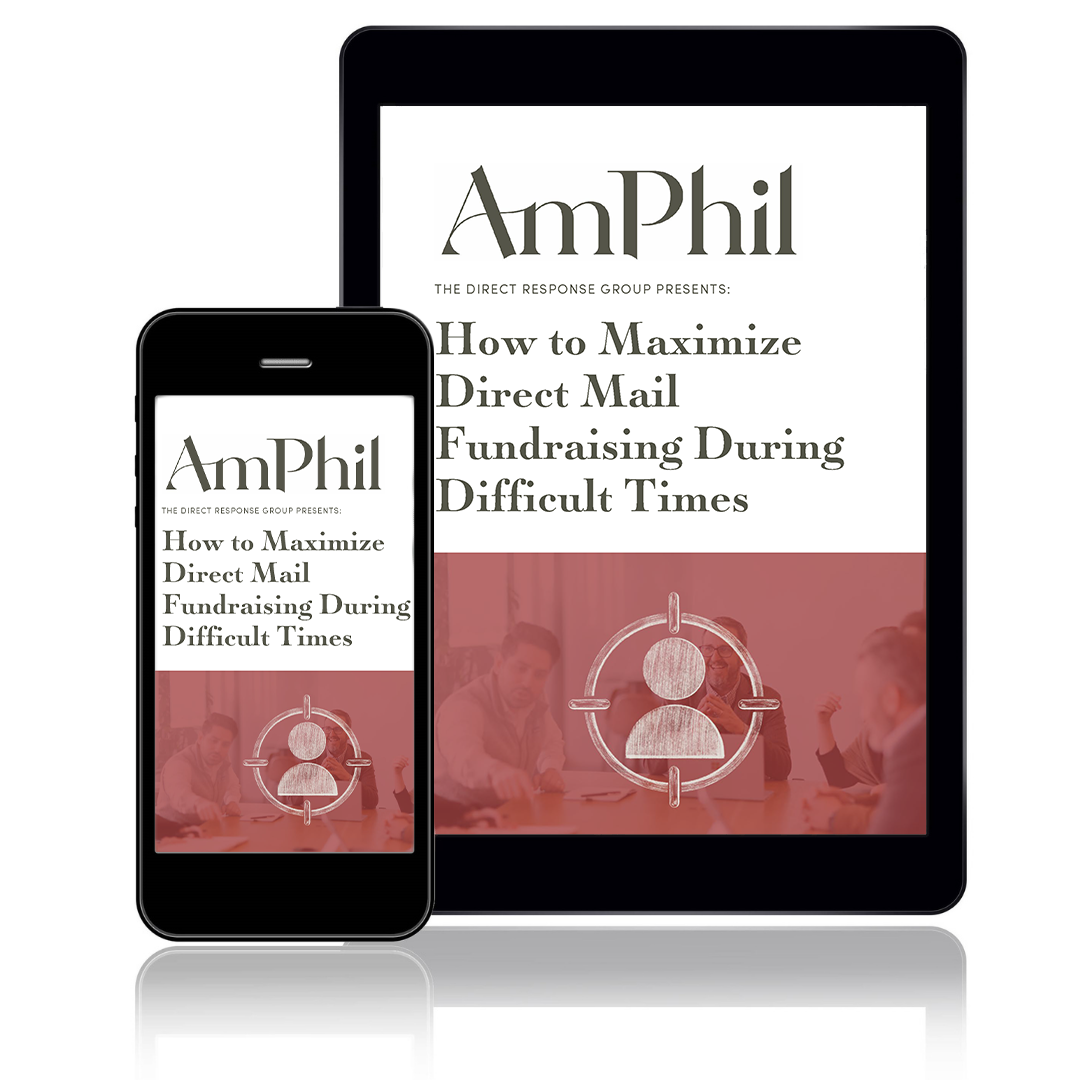
You scored a big meeting with that donor you’ve been trying to reach or prepping for a big ask. It can feel like a lot hangs on this meeting. The most important thing is not to stress yourself out. You need to be personable, authentic, honest, and enthusiastic about your mission (and what your donor can accomplish with his donation).
That said, here are a few ways you can bomb the meeting . . . avoid these and you’re off to a good start!
1. Forget to Ask For Money
What’s the number one, sure-fire way to blow a meeting? By not executing on the purpose of the meeting!
Admittedly, not every meeting is a solicitation—but if it is, the first way you can bomb the meeting is by forgetting (or refusing!) to ask for money. Don’t be timid and don’t expect your donor to bring up the topic of money. (In fact, you should probably practice making the ask in order to prep yourself and avoid any timidity.)
This face-to-face meeting is the best venue for making a heartfelt ask of your donor. This is your chance to secure funding for your worthy cause and mission. Don’t bomb the opportunity by forgetting to ask.
Keep in mind that if there was any ambiguity about the purpose of the meeting in your request, the odds are that your donor is expecting you to make an ask. So, when you get to roughly three-quarters of the way into your meeting, take a deep breath and ask boldly for support of your cause. And then—be quiet. Let the donor respond to your ask before you start talking. Let the silence happen!
2. Be Late
“Punctuality is the virtue of the bored,” according to Evelyn Waugh. In my younger years, I certainly embodied this motto, but I learned the hard way that donors (or co-workers, or family members, or—honestly, most people) don’t agree with that sentiment.
When you’re heading to a meeting, do not be late. If you are unavoidably going to be late—for reasons beyond your control—call and tell them. Timeliness is not merely a hallmark of the Swiss; it is also a sign of respect for the people around you. Donors are busy—don’t be presumptuous or ungrateful for their time.
3. Do All The Talking
The late, legendary Jerry Panas of the Institute for Charitable Giving often spoke of “listening the gift.” The fact is that people feel better about meetings and encounters when they do most of the talking. Donors are humans, and humans like to be asked questions.
Many of us tend to chat when we’re nervous, or—facing a less-than-forthcoming donor, try to fill the void by talking about ourselves. Avoid this mistake. Instead, continue asking questions and listening to your donor. Ask leading questions, get them to open up, and—critically—take copious mental notes (which you’ll scribble down right when you exit the meeting!). You should have prepared some questions, and topics ahead of time, so that if the conversation is less than natural, you have some resources to keep things moving comfortably.
And by the way, when you do come across that donor who is simply not a person of many words and you must fill a void in conversation, be sure to tell stories that relate back to the mission and critical nature of your organization. Facts are helpful; stories are memorable.
4. Act Like a Spin-Doctor
Sometimes, donors ask really good questions that you just don’t have the answer to (though you should avoid this situation with good preparation!). In these scenarios, it’s really tempting to fudge some numbers or make up a vague response to avoid looking uninformed or ill-prepared—but don’t tread this primrose path to doom!
Instead, be honest and genuine. Say “That’s a great question, and I don’t have the answer to off the top of my head. Let me check with [insert relevant authority], and get back to you on that.” (In the future, consider bringing a colleague.)
This approach is honest, open, and—best of all—gives you a way to continue the conversation after the meeting is over.
You can also take this opportunity to pivot—don’t “spin” the truth, but turn the conversation back to something you know, ensuring you’re still discussing something your donor cares about. Something like this: “I can say, though, that the students in our reading program showed an increase in grade level performance of over 80%”—or some such information. Maybe it’s not exactly what they asked, say, how many students apply yearly, but it’s impressive and relevant. You want to pivot to a metric or answer you have ready that speaks well of your work.
Above all, don’t forget to follow up with the answer to your donor’s first question!
5. Leave Nothing Behind
I have been asked countless times by donors if I have something I can leave behind. Sometimes they want to walk down the hall and show a colleague. Other times they may want something concise to take to their spouse to discuss their giving as a family.
Whatever the case may be, don’t miss out on those opportunities by failing to leave behind information. There are a lot of options, but here are some ideas:
- A nicely-designed one-pager about your organization and its unique mission
- A brochure about your donor clubs or planned giving society
- An annual report
- A recent newsletter or magazine
- Materials about upcoming donor events
If you’re thinking “oh shoot, I don’t have any of those things!”—don’t panic . . . but do set aside some time to devote to putting together something that you could leave behind. A simple one-pager that describes who you are, what you do, and why you matter—in a brief but compelling manner—is a great place to start.
Of course, these aren’t the only ways to bomb a donor meeting—but if you can avoid these (easily avoidable) mistakes, you’re off to a good start!


